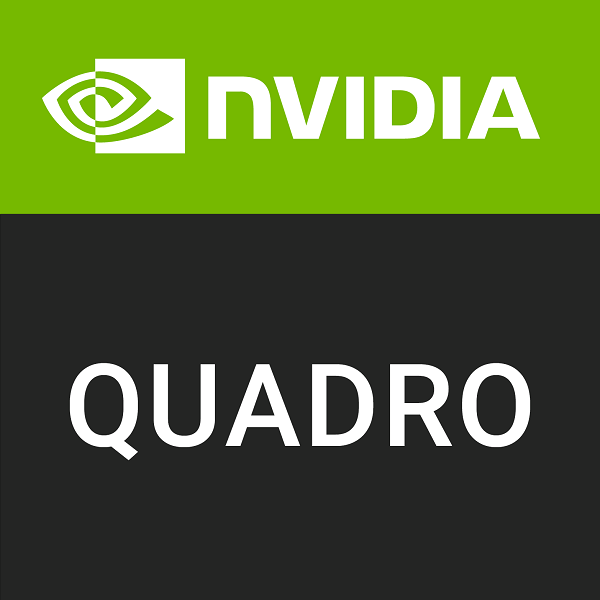Quadro K5000 SYNC vs GRID RTX T10 8
We compared two Professional market GPUs: 4GB VRAM Quadro K5000 SYNC and 8GB VRAM GRID RTX T10 8 to see which GPU has better performance in key specifications, benchmark tests, power consumption, etc.
Main Differences
Quadro K5000 SYNC 's Advantages
Lower TDP (122W vs 150W)
GRID RTX T10 8 's Advantages
Boost Clock1395MHz
More VRAM (8GB vs 4GB)
Larger VRAM bandwidth (672.0GB/s vs 172.8GB/s)
2048 additional rendering cores
Score
Benchmark
FP32 (float)
Quadro K5000 SYNC
2169
GRID RTX T10 8
+360%
9999
Graphics Card
Jan 2013
Release Date
Unknown
Quadro
Generation
GRID
Professional
Type
Professional
PCIe 2.0 x16
Bus Interface
PCIe 3.0 x16
Clock Speeds
-
Base Clock
1065 MHz
-
Boost Clock
1395 MHz
1350 MHz
Memory Clock
1750 MHz
Memory
4GB
Memory Size
8GB
GDDR5
Memory Type
GDDR6
256bit
Memory Bus
384bit
172.8GB/s
Bandwidth
672.0GB/s
Render Config
-
SM Count
56
1536
Shading Units
3584
128
TMUs
224
32
ROPs
64
-
Tensor Cores
448
-
RT Cores
56
16 KB (per SMX)
L1 Cache
64 KB (per SM)
512 KB
L2 Cache
6 MB
Theoretical Performance
22.59 GPixel/s
Pixel Rate
89.28 GPixel/s
90.37 GTexel/s
Texture Rate
312.5 GTexel/s
-
FP16 (half)
20.00 TFLOPS
2.169 TFLOPS
FP32 (float)
9.999 TFLOPS
90.37 GFLOPS
FP64 (double)
312.5 GFLOPS
Board Design
122W
TDP
150W
300 W
Suggested PSU
450 W
2x DVI
2x DisplayPort 1.2
1x SDI
Outputs
No outputs
2x 6-pin
Power Connectors
1x 6-pin + 1x 8-pin
Graphics Processor
GK104
GPU Name
TU102
-
GPU Variant
TU102-875-A1
Kepler
Architecture
Turing
TSMC
Foundry
TSMC
28 nm
Process Size
12 nm
3.54 billion
Transistors
18.6 billion
294 mm²
Die Size
754 mm²
Graphics Features
12 (11_0)
DirectX
12 Ultimate (12_2)
4.6
OpenGL
4.6
3.0
OpenCL
3.0
1.1
Vulkan
1.3
3.0
CUDA
7.5
5.1
Shader Model
6.8




